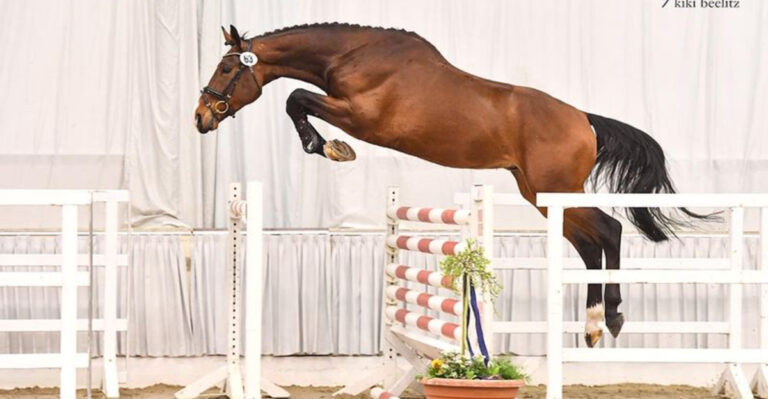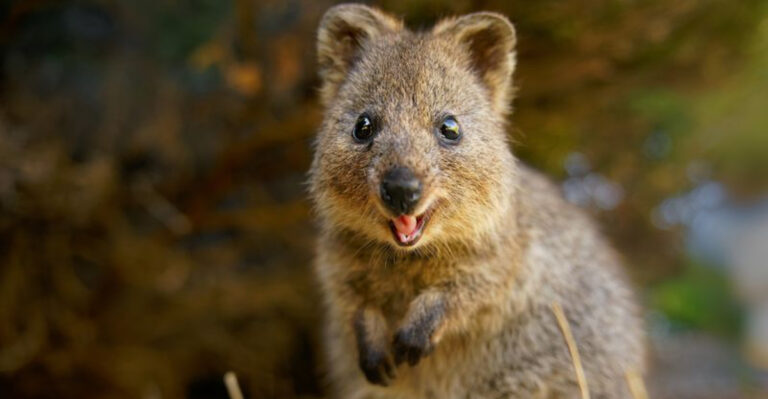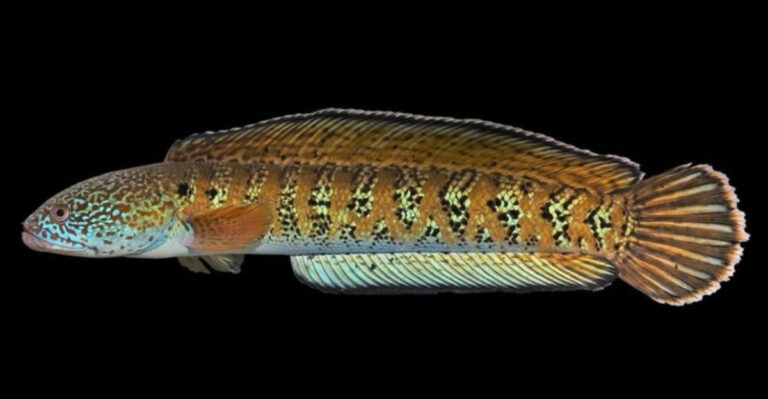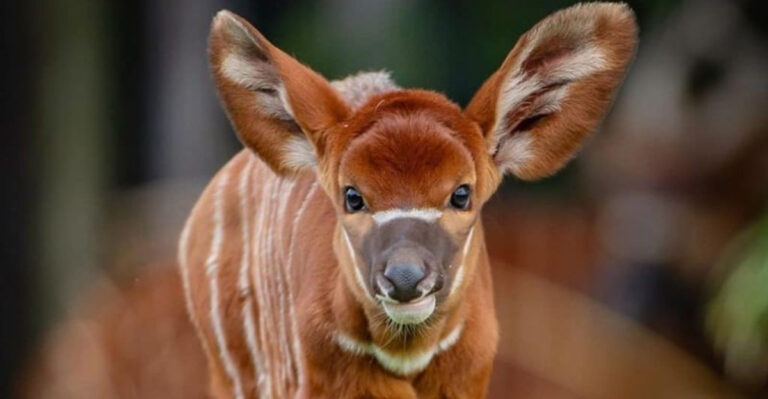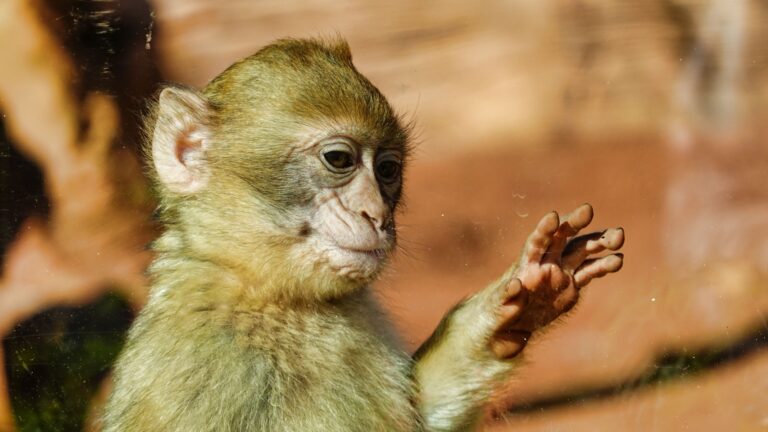17 Reasons Owls Are Rising As Pets Yet Remain Fierce Predators
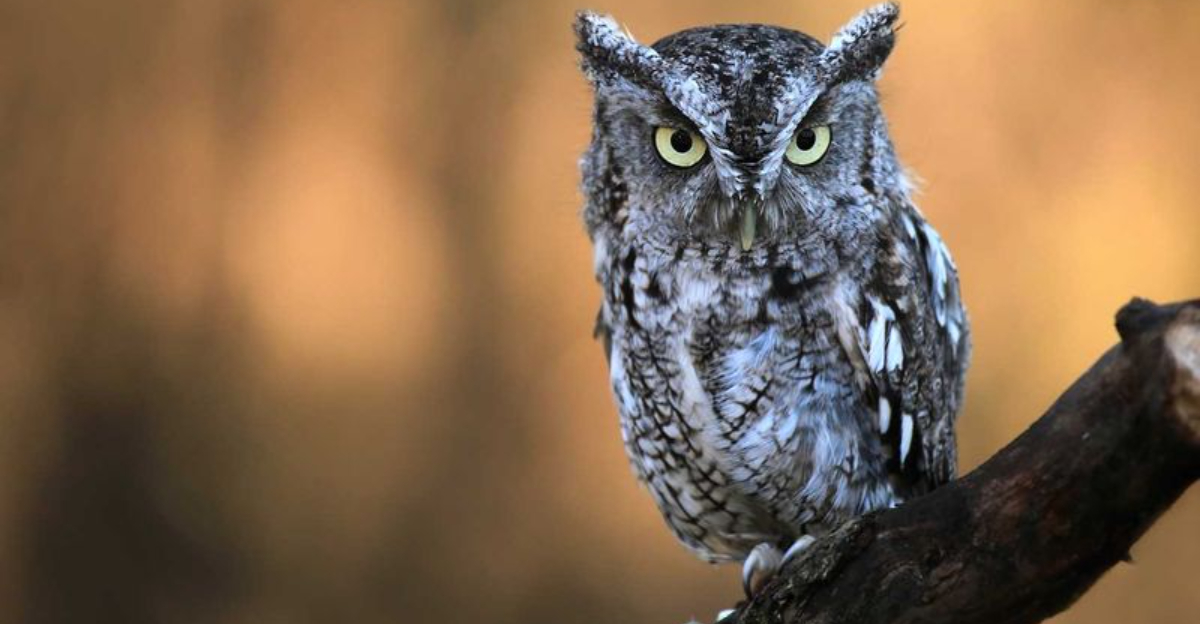
Those mysterious eyes that seem to peer into your soul belong to one of nature’s most fascinating creatures: the owl.
Recently, these feathered enigmas have caught the attention of exotic pet enthusiasts looking for something beyond the ordinary cat or dog.
But don’t be fooled by their fluffy appearance – beneath those soft feathers lies the heart of a skilled hunter with instincts honed over millions of years.
1. Silent Flight Specialists
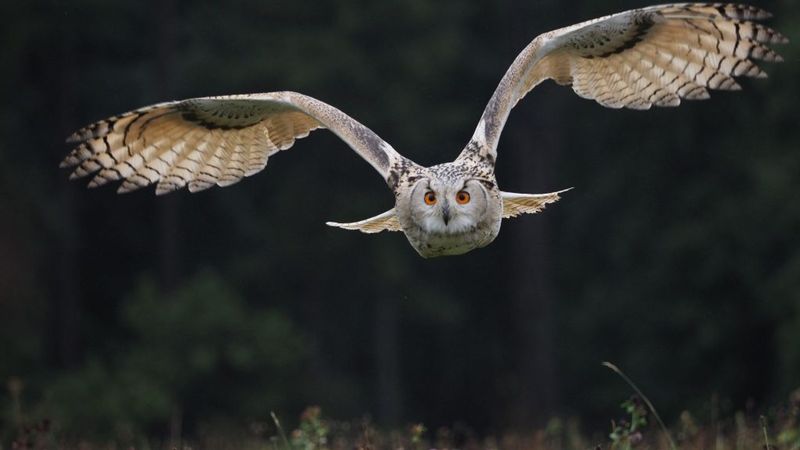
Unlike noisy parrots or chatty canaries, owls glide through the air like ghosts. Their specialized feathers have serrated edges that break up air turbulence, making them nearly soundless when swooping down on prey.
This evolutionary marvel helps wild owls hunt effectively, but in homes, it means they won’t disturb neighbors with squawking. Their quiet nature comes with a warning though – they can sneak up on you when you least expect it!
2. Head-Turning Abilities
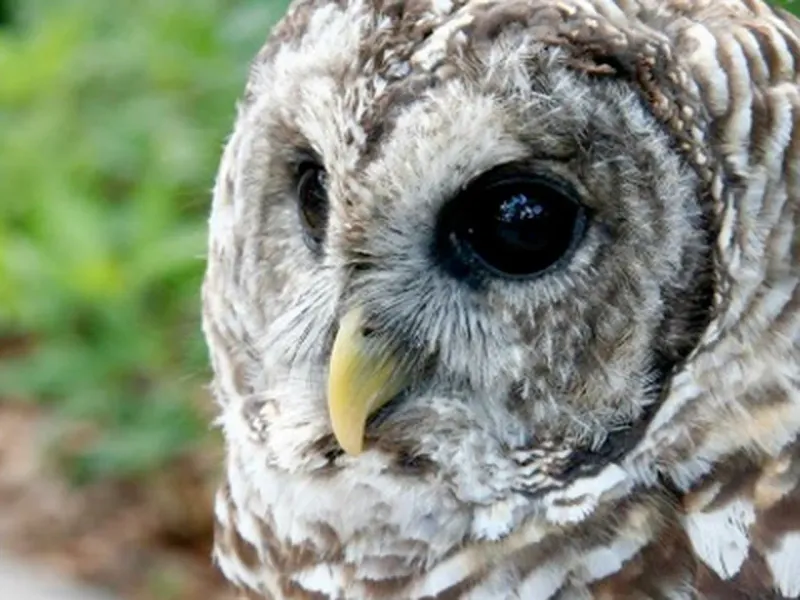
Imagine swiveling your head 270 degrees without breaking a sweat! Owls possess this superpower thanks to extra vertebrae and blood vessels designed to prevent circulation cut-off during extreme rotations.
As pets, this fascinating ability makes them incredible watchdogs – nothing escapes their notice. In the wild, this same feature lets them track prey without moving their bodies, maintaining perfect stealth before the deadly strike.
3. Captivating Facial Discs
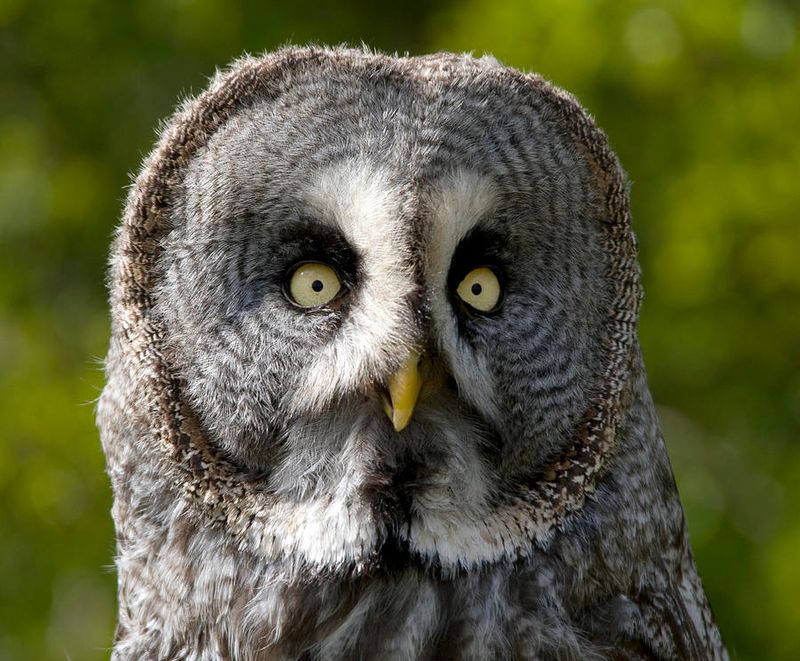
Those distinctive face feathers aren’t just for show! The owl’s facial disc works like a satellite dish, channeling sounds directly to their asymmetrically placed ears.
Pet owners find these facial features mesmerizing and full of expression. Yet these same discs serve a deadly purpose in nature – helping owls pinpoint the exact location of a mouse rustling under leaves or snow, even in complete darkness.
4. Razor-Sharp Talons
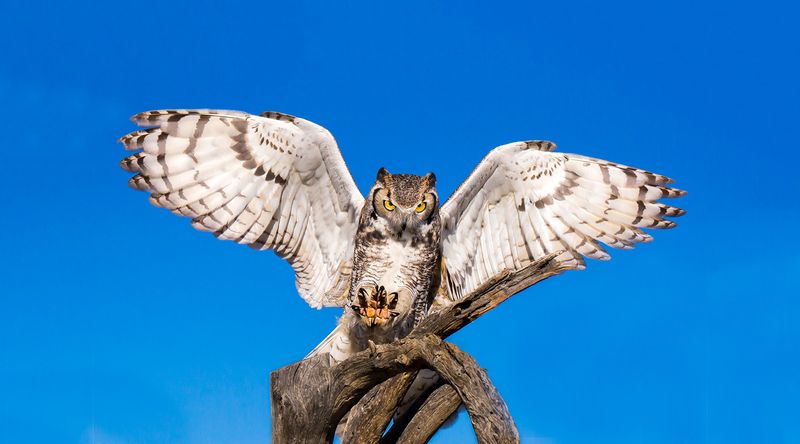
Behind those fluffy feet hide weapons of precision. An owl’s talons can exert up to 500 pounds of pressure per square inch – enough to instantly kill most prey animals.
For pet owners, these powerful feet require respect and proper handling techniques. The same talons that make owls look majestic when perched are actually finely-tuned hunting tools that have evolved over millennia to pierce, grip, and crush with devastating efficiency.
5. Mysterious Nighttime Eyes
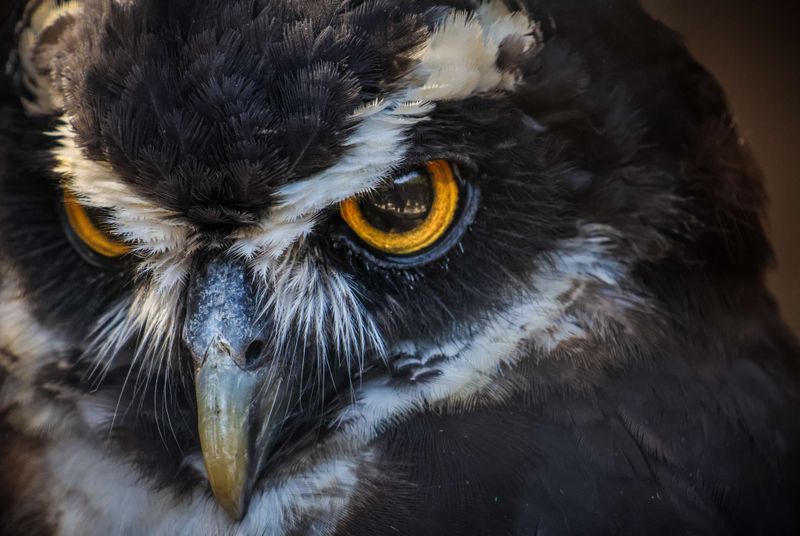
Ever wondered why owl eyes seem to glow with wisdom? Their enormous eyes contain more light-sensitive rods than cones, allowing them to see in near-total darkness.
As companions, these luminous orbs create an almost magical bond with their human caretakers. But make no mistake – these same eyes are precision instruments that can spot a mouse moving 150 feet away in the dark, making owls lethal nocturnal hunters.
6. Charismatic Personalities
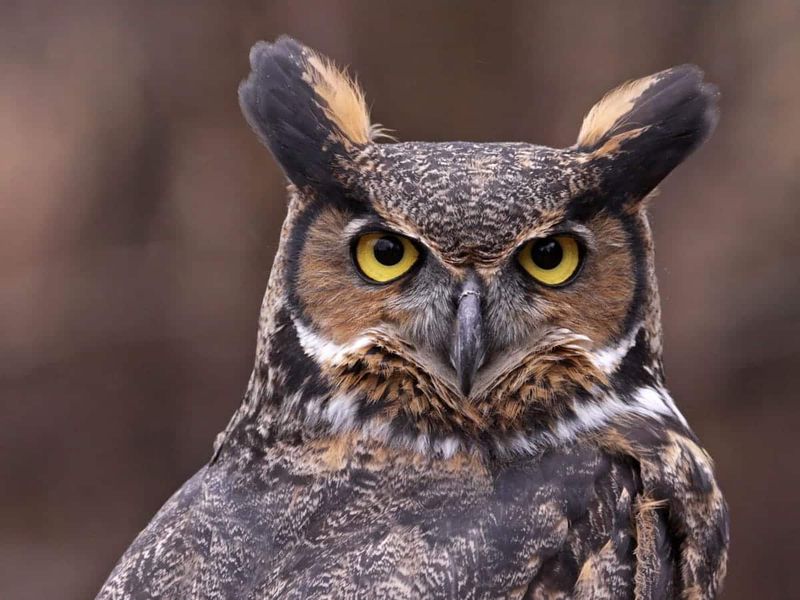
Forget the stereotype of the wise old owl – these birds pack attitude! Each develops distinct quirks and preferences that fascinate their keepers.
Some dance when excited, others have favorite perches they defend vigorously. This individuality makes them engaging companions, but it’s actually an extension of their territorial nature in the wild, where personality differences determine hunting success and breeding rights.
7. Fascinating Hunting Intelligence
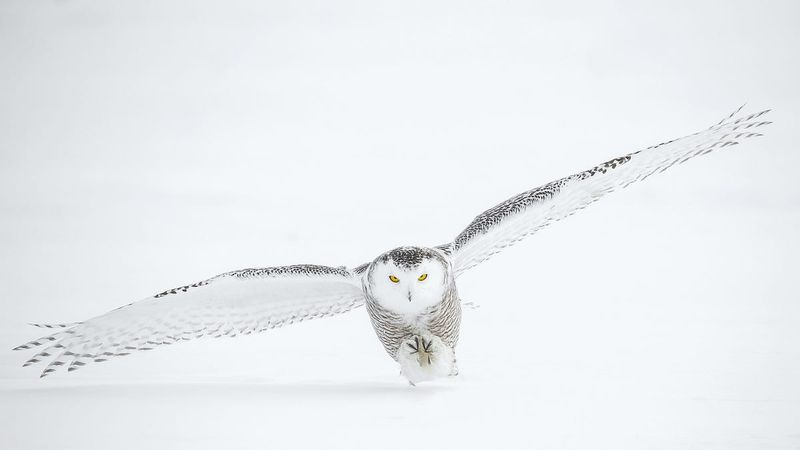
Watch an owl solve puzzles to reach hidden treats and you’ll witness problem-solving skills that rival corvids. Their hunting intelligence isn’t just instinct – it’s adaptive thinking.
This cleverness makes interaction with pet owls rewarding for their owners. The same brain power that helps them figure out enrichment toys is what makes them calculate complex trajectories when diving through forest canopies to catch prey with astonishing precision.
8. Low-Maintenance Feeding Schedule
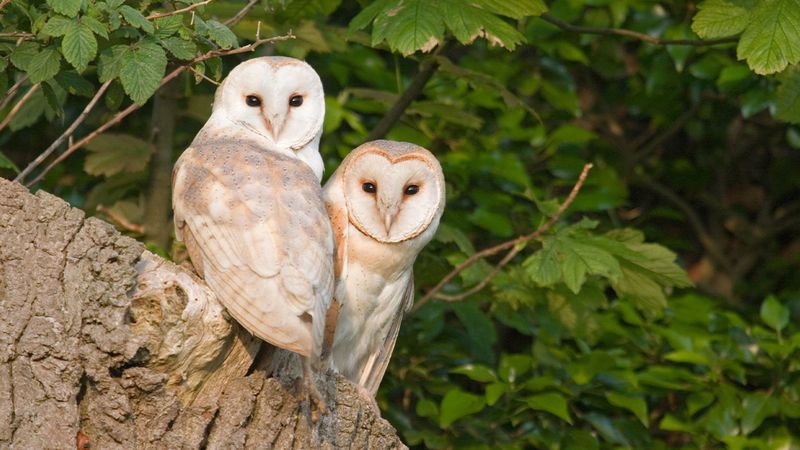
Unlike dogs begging for three meals daily, owls typically eat just once every 1-2 days. Their efficient digestive systems extract maximum nutrition from each meal.
For busy owners, this schedule simplifies care routines significantly. This feeding pattern evolved from their predatory lifestyle – in nature, owls gorge themselves when hunting is successful, then spend days processing their food, regurgitating indigestible parts as pellets.
9. Compact Size Options
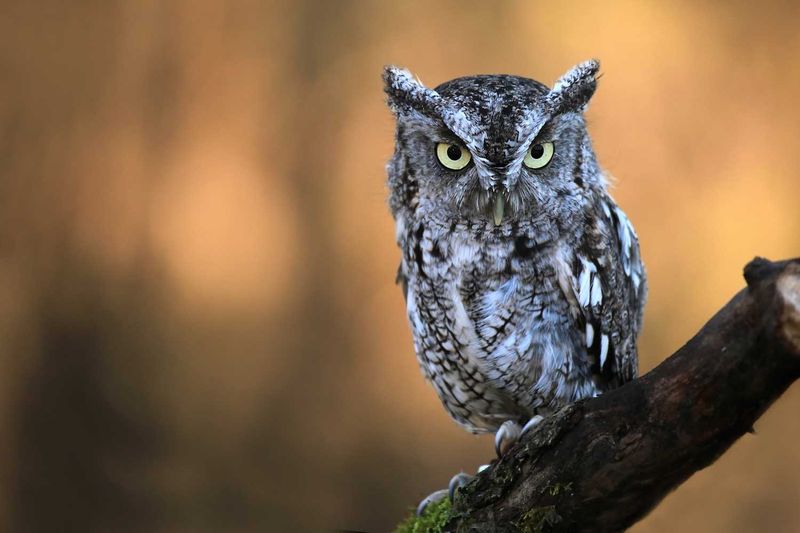
Not all owls require massive aviaries! Species like the Screech Owl and Saw-whet Owl stay conveniently small, making them suitable for owners with limited space.
These pint-sized predators stand just 6-10 inches tall at maturity. Don’t let their adorable size fool you though – these mini hunters are pound-for-pound just as fierce as their larger cousins, capable of taking down prey larger than themselves.
10. Impressive Longevity
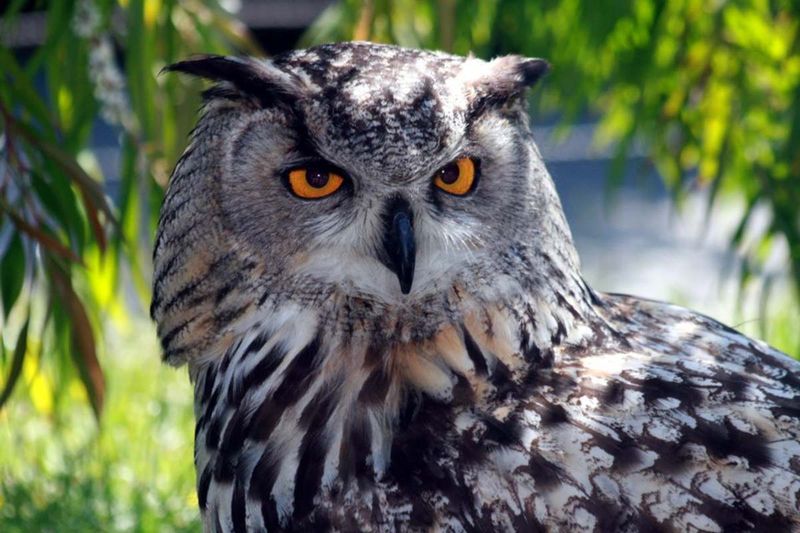
Forming a decades-long bond isn’t unusual with these feathered friends. Many species live 15-20 years in captivity, with some larger owls reaching 30+ years with proper care.
This long lifespan allows deep connections to develop between owl and owner. The flip side? These same survival adaptations make them formidable predators with patience and experience that grows with each passing hunting season in the wild.
11. No Feather Dust Problems
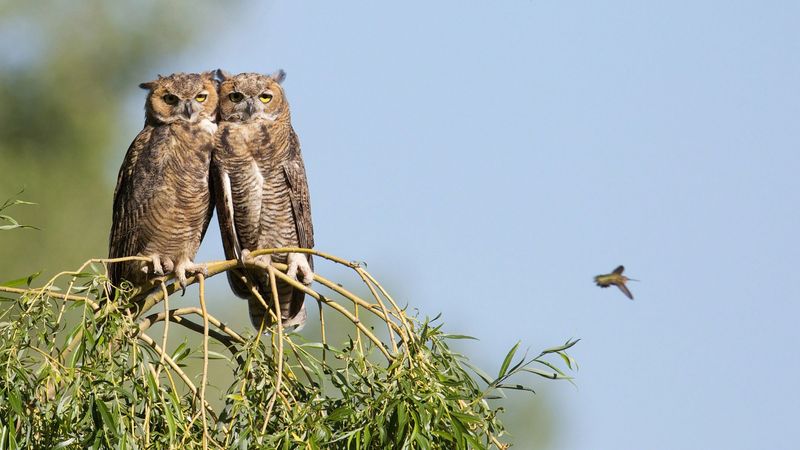
Good news for allergy sufferers! Unlike parrots that produce powdery down, owls don’t create the same irritating feather dust that triggers respiratory issues.
Their feathers contain natural waterproofing oils instead of powder. This adaptation helps them stay dry during rainy hunts, but as a bonus for pet owners, it means fewer air quality concerns in the home environment compared to many other exotic birds.
12. Minimal Vocal Disruptions
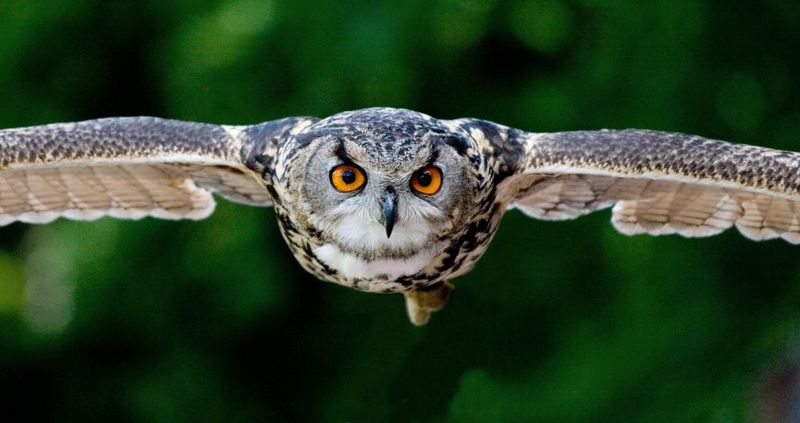
Forget 3 AM screeching tantrums common with parrots! Most owl species vocalize primarily during specific seasons, remaining quiet throughout much of the year.
This makes them surprisingly apartment-friendly for exotic pets. Their occasional hoots and calls connect us to nature’s soundtrack. These same vocalizations serve critical purposes in the wild – from territorial warnings to coordinating hunting between mates.
13. Powerful Digestive Efficiency
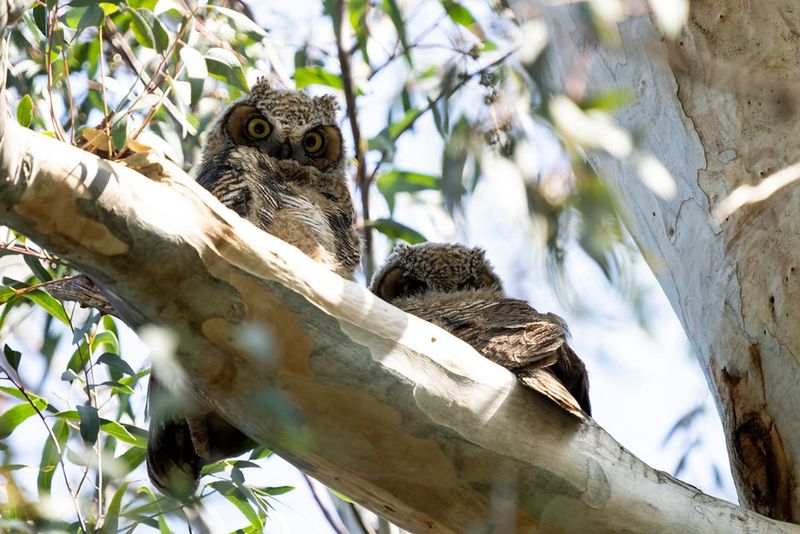
Watching an owl produce a pellet offers a fascinating glimpse into nature’s recycling system. These compact packages contain all indigestible parts of prey – bones, fur, feathers – neatly compressed.
For pet owners, pellets provide educational opportunities about diet and digestive processes. This same ability allows wild owls to extract maximum nutrition from every catch, processing prey with remarkable efficiency before hunting again.
14. Impressive Neck Strength
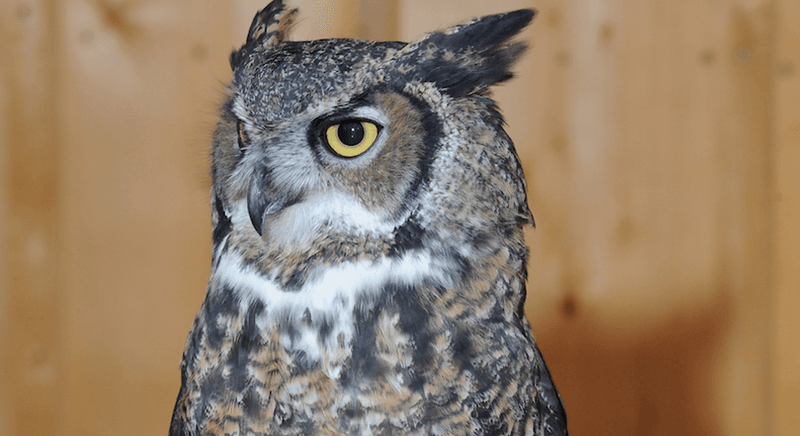
Those cute head tilts hide serious muscle power! An owl’s neck contains specialized muscles that allow them to hold their heads perfectly still even when their bodies move.
This stabilization system works like expensive camera gimbals, keeping their vision locked on targets. For pet owners, it creates adorably inquisitive expressions. In nature, this same feature lets them maintain laser focus on prey while navigating through branches at high speed.
15. Trainability With Patience
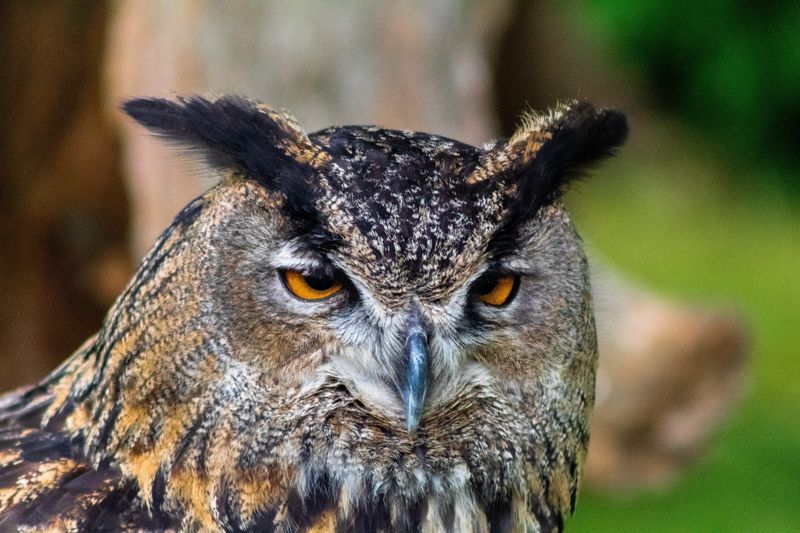
Contrary to common belief, owls can learn various behaviors through positive reinforcement. Many develop recall responses and step-up commands with consistent training.
This intelligence makes them engaging companions for dedicated owners. Yet this same capacity for learning makes them dangerous hunters – wild owls remember successful hunting techniques and locations, becoming more efficient predators with each passing season.
16. Temperature Adaptability
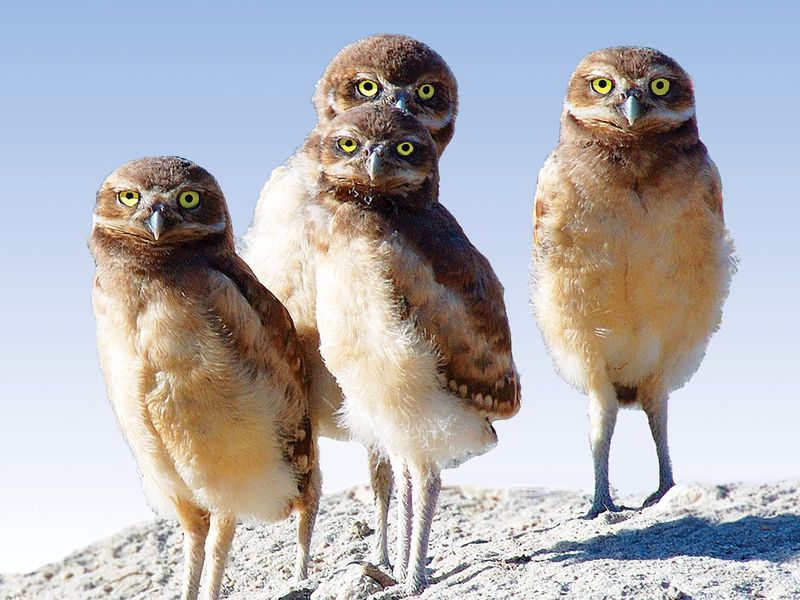
Fluffy down feathers hidden beneath outer plumage act like nature’s perfect insulation. Owls thrive in environments ranging from arctic tundra to scorching deserts.
This adaptability makes them relatively easy to house in various climates. Their temperature regulation is so effective that snowy owls can hunt in -40°F conditions, while desert species endure 100°F heat – the same feature that provides comfort in captivity makes them unstoppable hunters in extreme conditions.
17. Legal Status Challenges
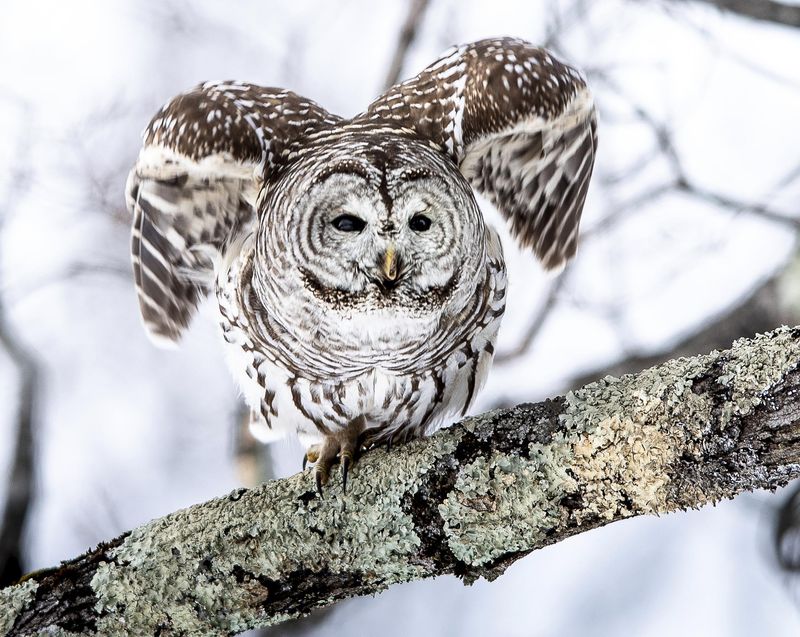
Navigating the complex permits required for owl ownership serves as a sobering reminder of their wild nature. Many jurisdictions restrict ownership to licensed educational facilities and rehabilitators.
These regulations exist because owls retain their predatory instincts regardless of upbringing. Their status as protected wildlife acknowledges their importance as apex predators that maintain ecosystem balance – a role they never fully abandon, even in captivity.

